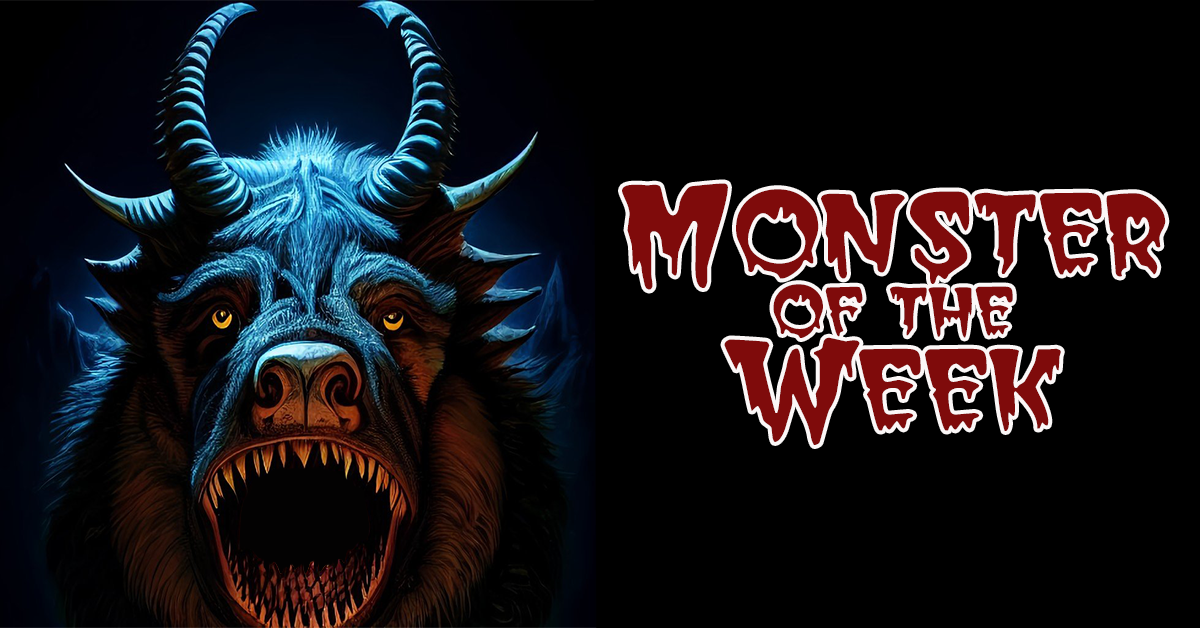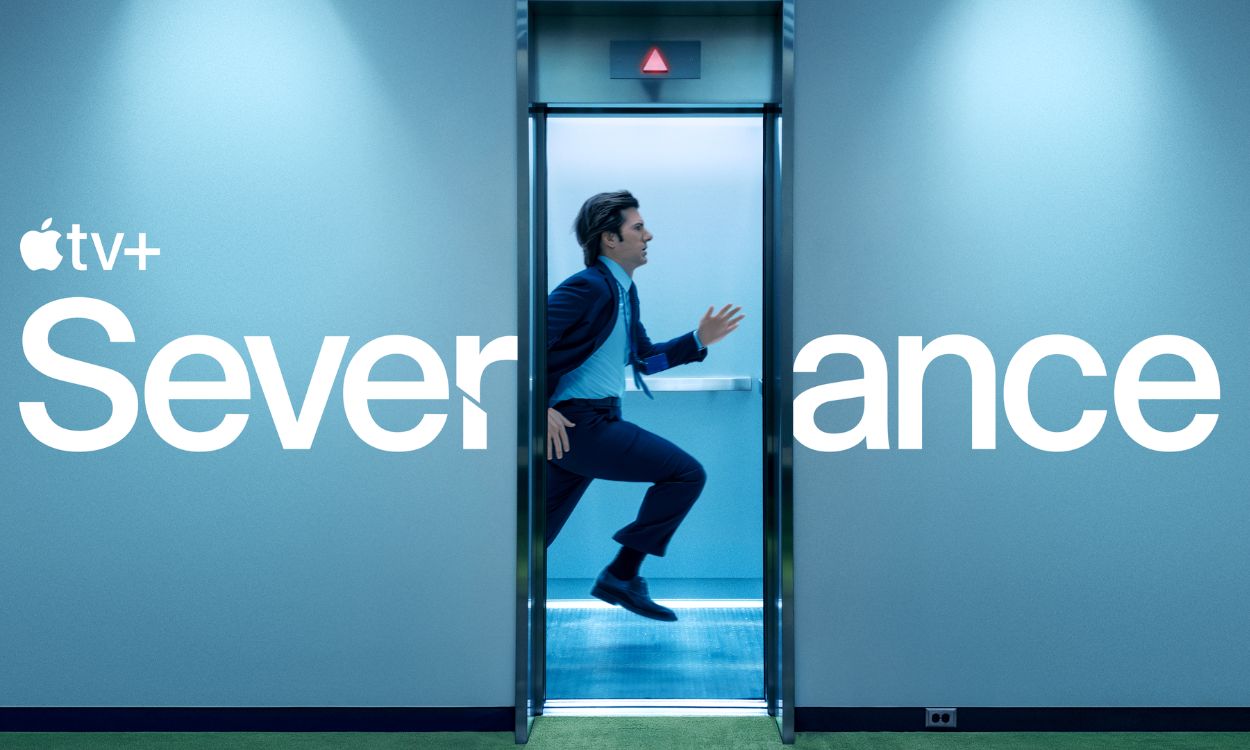We may earn money or products from the companies mentioned in this post.
I think this now makes 2 chapters so far that haven’t been in every version of D&D ever produced. The previous one was “Personality & Backgrounds,” which has traditionally just been a paragraph somewhere between Exception Strength and Alignment Languages. My guess is that “Customization Options” are optional rules that will introduce players to new game concepts that can be supported by an endless array of hastily-written listicle-style supplements and splatbooks, but I could be wrong.
The first paragraph suggests I’m wrong, explaining that this chapter explains multiclassing and feats. So apparently “Customization Options” means “core rules that not every single player will necessarily need.” Multiclassing has been around since first edition, and third edition fixed the multiclassing rules so you didn’t need a slide rule, so pretending it’s an “option” is kinda bullshit. Feats are newer, but at this point they seem to be a pretty major component of the D&D genre and I doubt a whole lot of players are going to skip them. So this chapter might have been more accurately titled “Rules That Didn’t Fit Anywhere Else.”
Multiclassing is pretty much what I remember from 3E, with an overall character level that’s the total of all your levels in individual classes. Thanks to the universal experience table introduced in 3E, this works without anyone having to do long division. Prerequisites, which don’t exist anymore for one-class wonders, do apply to multiclass characters, which I guess makes sense. For some reason they’re really precise about differentiating Hit Points (the total of all your die rolls) from Hit Dice (the actual dice you rolled to determine your Hit Points), which seems odd since in previous versions of the game Hit Dice was barely even a trait when it came to PCs. Hopefully it’s not just so you can easily calculate experience point values in a PVP game. Beyond the basics, the section on multiclassing provides several rules for how different class features stack, as well as how spells work for multiclass characters (who have their own special table). These are exactly the sorts of “well there’s not exactly a rule for that” kind of situations that can cause elements of the game to work very differently from one set of house rules to the next, so it’s good to see the designers trying to get ahead of them.
From a pure gameplay perspective feats are kind of fun because you can combine different feats together for powerful effects just like you can with cards in a deck-building game or workers or card effects or whatever in some strategy games. Given that feats were introduced in the first new version of D&D after the CCG explosion, this was probably intentional. From a “what I look for in an RPG” standpoint, feats are terrible because they tend to replace creative gameplay with creative rules fuckery. I’m sure the “game mastery” crowd would disagree, but their idea of what makes an RPG fun is so different from mine that they might as well be golfers.
Players can choose to take a feat instead of adding 2 points to some combination of ability scores whenever they get the “Ability Improvement” class feature. A lot of the feats give you 1 point to add to an ability (usually a specific one or a choice between two), so in some cases you’re still getting at least one of your ability bonuses for being high level. The distribution of feats means that even high-level characters will only have a few of them. From what I remember, they were a lot more prevalent in 3E, with players getting to pick several feats at first level and additional ones every few levels, so you piled them on at a rate similar to non-weapon proficiencies in Second Edition.
The relatively small number of feats characters get in the new edition might also be why I like the new ones a lot more. I remember 3E feats as seeming incredibly fiddly and nit-picky. Shit like, “When you’re fighting an elf with blond hair and he loses more than 10 hit points from a single attack with a piercing weapon, you can use Dwarven Skull Fuck to cause additional damage equal to your Strength Bonus squared.” They came across a lot like special attacks in a fighting video game and seemed weirdly specific for D&D’s abstract combat system.
In 5E, feats are broader and more general purpose. Instead of coming across as “my character knows this sweet Karate move,” it’s more like “my character is really good with crossbows.” Some give you bonuses in certain situations, some improve an ability, and some let you cast spells or give you bonus proficiencies or access to other class’s class features. Most of the feat names are words and phrases you might describe a character (“Dungeon Delver,” “Lucky,”, or “Observant”) instead of combat moves (“Mighty Cleave,” “Donkey Punch,” “Totally Kick-Ass Sword Jab Where The Blood Splashes Up Like In 300”). These improvements combine to make it feel like feats are there for character building instead of just for min-maxing.
So yeah, I was wrong. I’m sure there are new feats in every third supplement that comes out for the game (and I’d wager that some of them completely undermine the simplicity and character-building design of the ones in the core book), but the chapter isn’t the introduction to splatbooks I expected. It’s just a couple of core rules that didn’t fit anywhere else presented as optional, and one of them is greatly improved over the previous version. I was hoping for something new here, but I’ll settle for a major improvement on an existing concept.
By the way, this officially brings us to the end of Part 2. Since Part 3 is all spells and there’s no way I’m doing more than a cursory overview of those, I think we’re over halfway through this review. The end is in sight!






